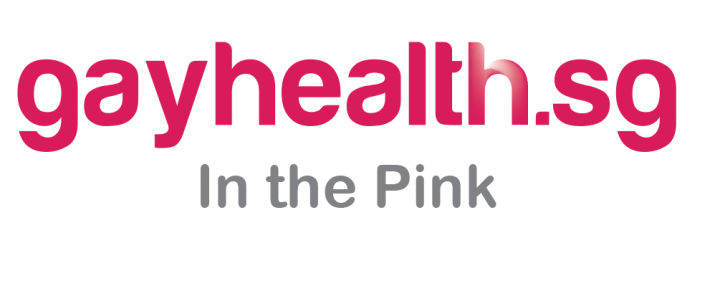INSTITUTIONS
Background: A PrEP acceptability study was conducted prior to PrEP rollout in Singapore to understand the potential motivators, concerns and barriers to the use of PrEP as a novel HIV prevention method among HIV-negative high-risk MSM and TGW in Singapore.
Methods: Seven focus group discussions (FGDs) (n=48) were conducted between August and September 2016. A semi-structured interview guide was used to explore and identify community perceptions of and concerns regarding the use of PrEP. All FGDs were audio-recorded and transcribed verbatim. Data was analysed using qualitative thematic analysis.
Results: Majority of the participants were unaware of PrEP. Few had heard about PrEP from friends and social media or mistook it as post-exposure prophylaxis (PEP). All participants reported concerns about the efficacy and effectiveness of PrEP, and risks of side effects such as kidney function issues. Additionally, TGW participants highlighted that PrEP might complicate their hormonal treatment.
The cost of PrEP was cited as a huge barrier; most were only willing to spend approximately USD200 for a three-monthly prescription and follow-up visits to the healthcare provider. For TGW participants, paying for rent and hormonal treatment were their priorities. Other barriers include the stigma associated with taking PrEP and HIV-testing, fear of disclosure and being labelled as HIV-positive.
With regard to PrEP dosing schedules, MSM participants preferred on-demand PrEP and to visit private clinics while TGW participants preferred obtaining daily PrEP from transgender-friendly community-based organisations, so as to avoid facing stigma and discrimination from healthcare providers.
In general, PrEP was perceived as an additional protection against HIV infection as condoms were still considered more cost-effective in preventing HIV and sexually-transmitted infections. To raise awareness on PrEP, participants felt that social media would be a useful channel and preferred for PrEP to be introduced to the general population, to avoid further stigma towards the MSM and TGW community.
Conclusions: Findings from this study showed that there is a critical need to develop clinical and educational guidelines on the use of PrEP, for both providers and users, respectively. Similarities and differences in perspectives of MSM and TGW will require different implementation and marketing approaches of the PrEP service.




